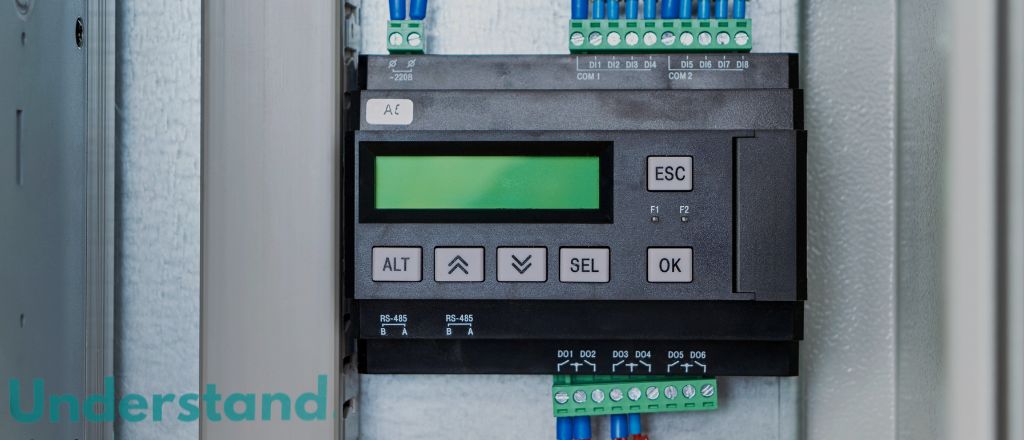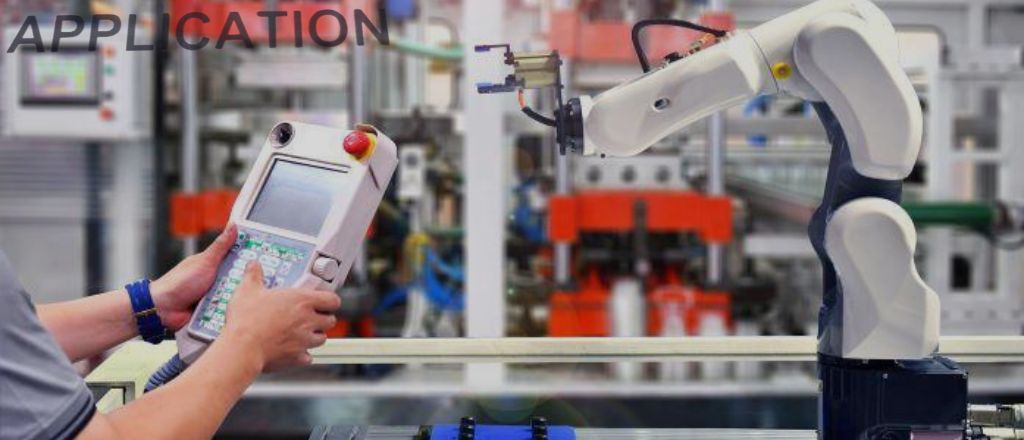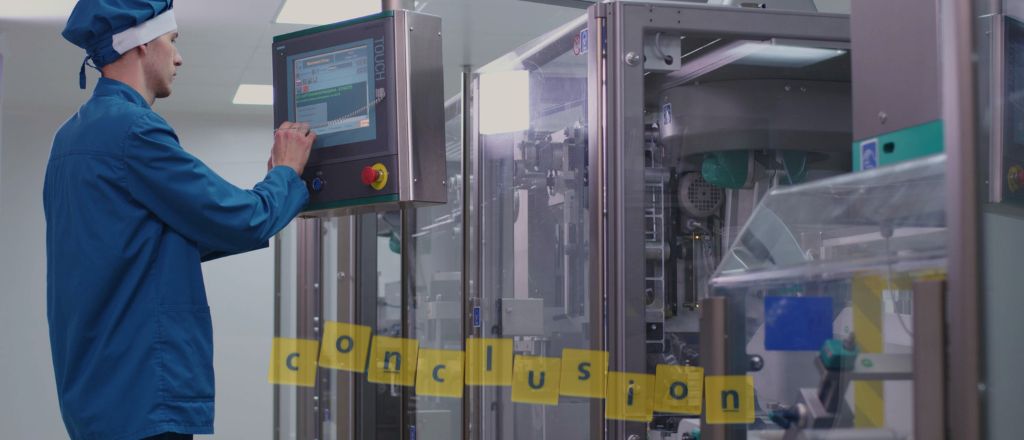A logic controller automates the control of machinery and processes by executing predefined logic operations based on input signals, enabling efficient control of industrial systems.
Understanding Logic Controllers

Basic Definition of Logic Controllers
A logic controller is an electronic device that controls processes by following logical instructions. These controllers operate based on binary inputs and outputs, processing signals to execute desired actions. Logic controllers are often programmable, allowing users to customize operations for specific applications. They act as the decision-making hub in automation, ensuring that machines and systems function as intended without manual oversight.
Logic controllers differ from general-purpose computers in their focus. While computers handle many tasks, logic controllers specialize in repetitive and precise operations. Their rugged design makes them ideal for environments with high dust, vibration, or temperature fluctuations.
How Logic Controllers Work in Automation
Logic controllers function by receiving inputs, processing those inputs based on a program, and generating outputs to control devices. The operation follows a straightforward cycle:
- Input Detection: Sensors and switches send signals to the controller. These inputs represent the current state of the system.
- Processing: The controller's central processing unit (CPU) evaluates the inputs against the programmed logic to decide the following action.
- Output Execution: Based on the logic, the controller sends commands to actuators, motors, or other devices to perform specific tasks.
For instance, in an assembly line, a logic controller might receive input from a sensor detecting a product's position. It processes this input and activates a robotic arm to assemble components. The real-time decision-making capabilities of logic controllers enable efficiency and precision in such applications.
Expert Insights with Trevor Blevins
Interviewer: Trevor, as an expert in industrial automation, how would you define a logic controller for someone new to the field?
Trevor Blevins: A logic controller is the brain behind any automated process. It takes input signals from sensors or switches, processes them based on pre-programmed logic, and then sends out commands to perform specific actions. It's like a conductor in an orchestra, ensuring every part of the system works harmoniously.
Interviewer: What makes logic controllers stand out compared to other control systems?
Trevor Blevins: Their robustness and reliability set them apart, and their controllers withstand harsh industrial environments, including extreme temperatures, vibrations, and electrical noise. They're also highly customizable, which allows engineers to adapt them to virtually any application, from manufacturing lines to water treatment facilities.
Applications of Logic Controllers

Role in PLC Systems
Programmable Controllers (PLCs) are a subset of automation devices that have revolutionized industrial processes. These devices combine hardware durability with software flexibility, making them the preferred choice for controlling machinery and operations.
These controllers in PLC setups manage complex sequences, timing, and communication between machines. They execute tasks like starting or stopping motors, monitoring safety systems, and controlling production lines. The modular design of PLCs allows easy integration of additional inputs and outputs, enabling scalability as system requirements evolve.
The role of these devices in PLC setups extends to:
- Ensuring Safety: They monitor safety interlocks and emergency stop systems to protect equipment and personnel.
- Optimizing Performance: These devices fine-tune processes by adjusting real-time parameters to maintain optimal operation.
- Data Collection: They collect data on system performance, enabling predictive maintenance and operational insights.
Interviewer: Trevor, how do these devices integrate into modern PLC setups?
Trevor Blevins: In PLC setups, these devices are the central unit that ties everything together. They handle the logic, timing, and communication between different devices. With technological advancements, modern PLCs also integrate features like IoT connectivity and real-time analytics, which wouldn't be possible without the underlying controller.
Examples of Logic Controller Use in Industry
These automation devices find applications across a wide range of industries. Below are some examples that highlight their versatility:
- Manufacturing: In manufacturing plants, automation devices oversee assembly lines, ensuring smooth transitions between production stages. They precisely manage welding, painting, and packaging operations, reducing errors and waste.
- Energy Production: In power plants, automation devices regulate turbines, boilers, and electrical grids. They ensure energy generation aligns with demand while maintaining system stability.
- Food and Beverage: In the food processing industry, automation devices handle tasks like mixing, baking, and packaging. They ensure consistent product quality and adherence to safety standards.
- Automotive: Car manufacturing relies heavily on automation devices for robotic assembly lines. These devices coordinate welding robots, painting systems, and quality control mechanisms to produce vehicles efficiently.
- Water Treatment: In water treatment plants, automation devices regulate pumps, valves, and chemical dosing, ensuring water quality by adjusting processes based on real-time data.
- Healthcare: In healthcare, automation devices manage equipment such as ventilators, infusion pumps, and imaging machines, ensuring precision and safety in medical procedures.
- Transportation: Automation devices play a vital role in traffic management systems, railway signaling, and even autonomous vehicles, optimizing operations to improve safety and efficiency.
Interviewer: Can you share a memorable example of how automation devices solved a significant problem in an industry?
Trevor Blevins: Certainly. I once worked with a food processing plant that struggled with inconsistent packaging. By implementing an automation device, we synchronized their conveyor system with precise timing for filling and sealing packages. This synchronization significantly reduced waste and improved the plant's efficiency. It’s a great example of how these devices can make a tangible difference.
Conclusion

Controllers are the foundation of modern automation, driving efficiency, precision, and reliability across industries. From their role in automated systems to their diverse applications in manufacturing, energy, and healthcare, these devices have become essential in achieving operational excellence. Understanding their functionality and applications highlights their importance in shaping the future of technology and industry. By embracing the capabilities of these controllers, businesses can unlock new levels of productivity and innovation, ensuring they stay competitive in a rapidly evolving world.
Interviewer: Any final thoughts, Trevor, on the future of these controllers?
Trevor Blevins: The future is bright. With the rise of smart factories and AI integration, these controllers will become more sophisticated. They'll continue to be the backbone of automation, empowering industries to innovate and stay ahead of the curve.
Frequently Asked Questions
The function of logic control is to process inputs from sensors or switches and execute specific actions, like turning on motors or triggering alarms, based on predefined conditions to manage automated systems.
Logic in a control system refers to the set of rules or instructions that determine how the system responds to various inputs, often in the form of binary conditions (on/off), to control outputs like motors, lights, or actuators.
A controller is a general term for any device used to control a system, while a PLC (Programmable Logic Controller) is a specific type of controller designed for industrial automation, capable of handling complex logic, harsh environments, and real-time control tasks.

